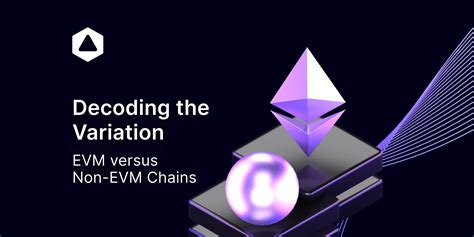Ethereum: How do EVM chains update pre-deployment states?
Title: Understanding EVM Chains and Updating States in Predeposits: A Deep Dive into Ethereum’s EVM
Abstract
Predeposits are a crucial concept in the Ethereum ecosystem, allowing developers to create and deploy smart contracts on the blockchain without setting up a full node or wallet. One of the most important aspects of predeployed contracts is how they update their states. In this article, we will explore how EVM chains update states in predeposits and provide insight into the implications for decentralized applications (dApps) built on top of Ethereum.
What are Predeposits?
Predeposits, also known as “predeploy” or “deployer” contracts, are special smart contracts that can be deployed without a full node or wallet. They allow developers to create and manage preprocessed data in a decentralized manner, allowing for the creation of complex applications on Ethereum. One of the key features of pre-deposits is their ability to dynamically update their states.
How EVM chains update pre-deposit states
The Ethereum Virtual Machine (EVM) has several mechanisms for updating state in pre-deposits. The most relevant is the “call” instruction, which allows a contract to execute another function on its own chain.
When a contract calls another contract with EVM or eth_call, it triggers a transition of control to the calling site contract (the one that initiated the call). This process involves updating the state of the pre-deposited contract by calling a new function, which can be stored in memory.
Here is an example to illustrate this concept:
Let’s say we have a pre-deposited contract BASE with the following function:
pragma solidity ^0.8.0;
contract L1BlockNumber {
uint256 public count;
address public proxyAddress;
constructor(address _proxyAddress) {
proxyAddress = _proxyAddress;
}
function getProxy() public view returns (address) {
return proxyAddress;
}
}
To call getProxy on the pre-deposited contract, we would use the following code:
`solidity
pragma solidity ^0.8.0;
contract BASE {
//...
event ProxyCall(address indexed caller);
}
constructor(address _proxyAddress) {
BASE._proxyAddress = _proxyAddress;
emit ProxyCall(this);
}
`
When we callBASE.getProxy(), the EVM chain will update its state by calling thegetProxyfunction of theL1BlockNumber` contract on itself. This is done automatically, with no manual updates required.
Implications for decentralized applications
Understanding how pre-deposits update their states on EVM chains is crucial to building and deploying decentralized applications (dApps) on Ethereum. By leveraging these mechanisms, developers can build complex applications that are more scalable, secure, and maintainable than traditional full node-based solutions.
Some key implications include:
- Decentralized data management
: Pre-deposits enable the creation of decentralized data storage solutions that can be updated in real-time without requiring centralized control.
- Improved Scalability: By dynamically updating state, pre-deposits can handle large amounts of data and traffic without the need for expensive gas fees or setting up full nodes.
- Improved Security

: The EVM call mechanism provides an additional layer of protection against malicious actors who might attempt to manipulate or steal sensitive data.
Conclusion
In conclusion, understanding how EVM chains update pre-deposit states is a crucial aspect of building and deploying decentralized applications on Ethereum. By leveraging these mechanisms, developers can build complex, scalable decentralized applications that are more resilient to centralized control and more secure than traditional solutions.


